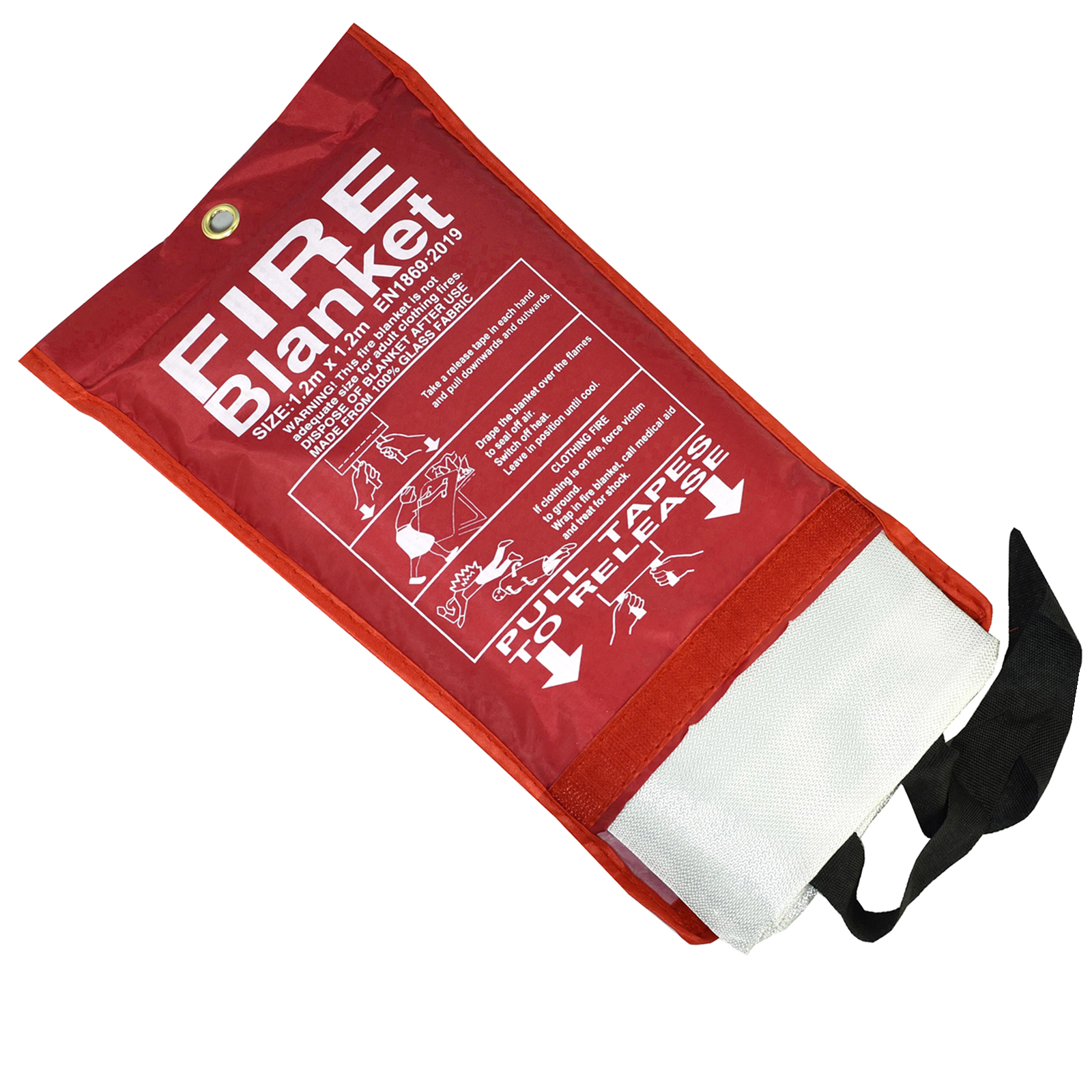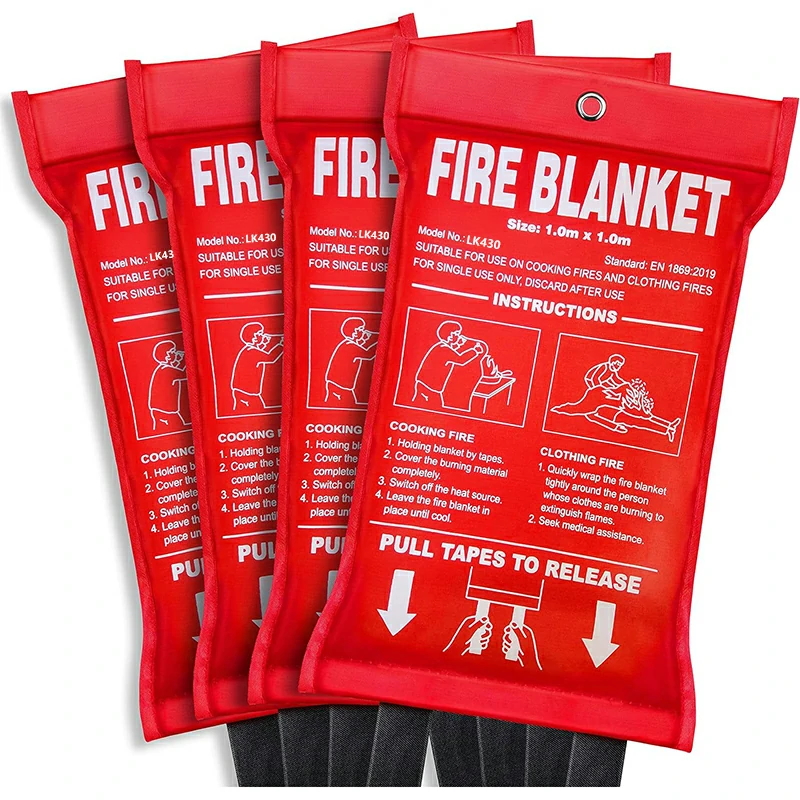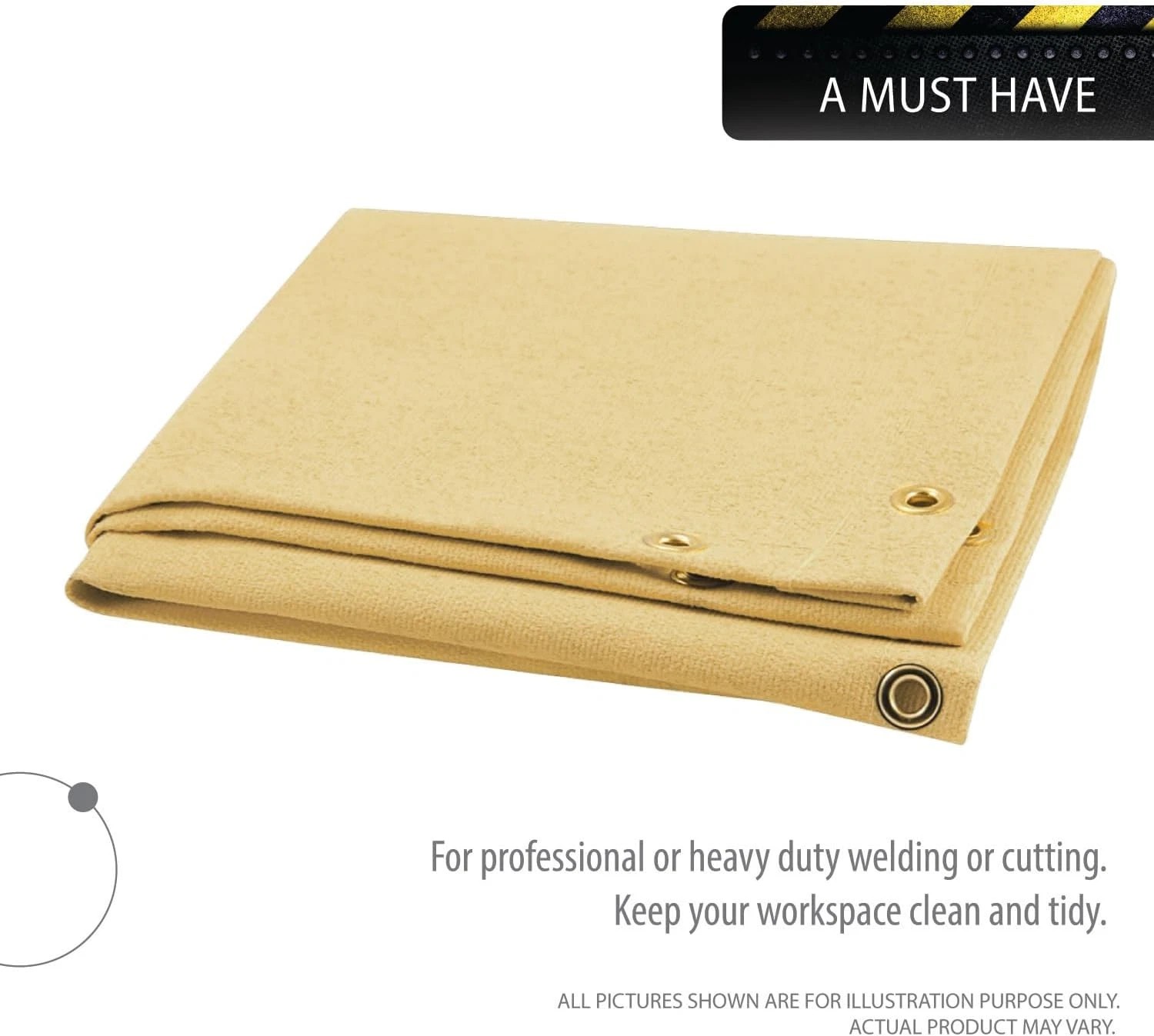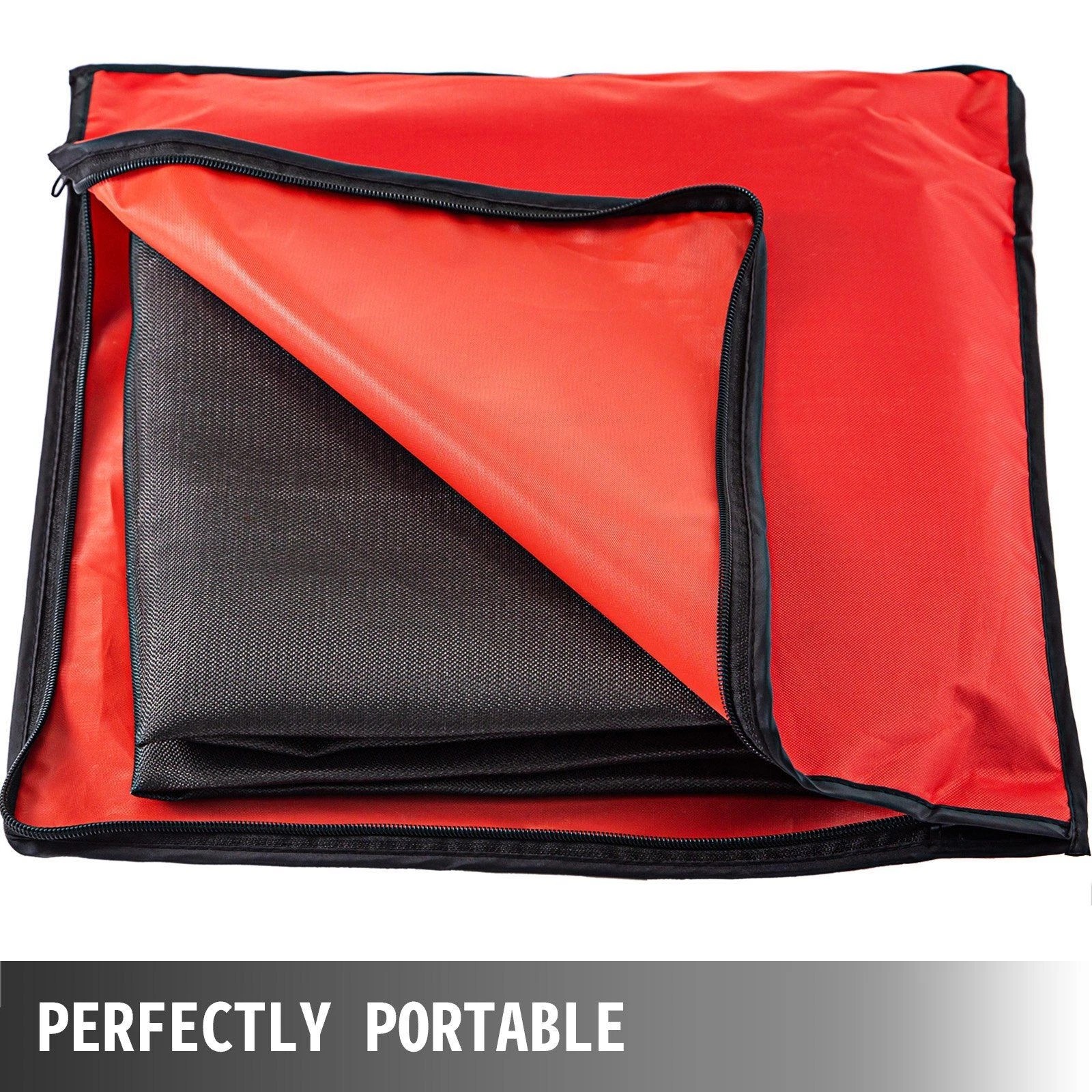Fire Blanket Hooks: Essential Safety Accessories for Proper Storage
Summary:Fire blanket hooks securely mount your fire blanket for quick emergency access. These specialized holders prevent damage and ensure compliance with safety regulations. Proper installation maximizes effectiveness during critical moments.

Why You Need Fire Blanket Hooks
When seconds count during a fire emergency, you need your fire blanket immediately accessible. Fire blanket hooks provide the perfect solution by keeping your safety equipment securely mounted yet ready for instant use. Unlike ordinary hooks, these are specifically designed to hold fire blankets without damaging their protective material.
Proper storage matters because:
- Prevents contamination from dust or chemicals
- Maintains the blanket's fire-resistant properties
- Ensures quick visual identification in emergencies
- Keeps the blanket from becoming a tripping hazard

Choosing the Right Fire Blanket Hooks
Not all hooks are created equal. For optimal safety, look for these features:
Material:High-temperature resistant metals like stainless steel or powder-coated steel withstand heat exposure better than plastic alternatives.
Design:Curved or wide hooks prevent tearing of the blanket's packaging. Some models include quick-release mechanisms for faster deployment.
Weight Capacity:Ensure the hooks can support your specific fire blanket's weight when mounted according to manufacturer specifications.
Proper Installation of Fire Blanket Hooks
Correct placement is crucial for safety compliance and effectiveness:
- Mount at shoulder height (approximately 1.5m from the floor)
- Install near potential fire sources but not directly above them
- Allow at least 30cm clearance around the blanket for easy removal
- Secure to solid surfaces like concrete or structural beams
Remember to position fire blanket hooks along evacuation routes and in high-risk areas like kitchens, workshops, or laboratories.
Maintenance and Inspection
Regular checks ensure your fire blanket hooks remain functional:
- Monthly visual inspections for rust or deformation
- Quarterly pull tests to verify mounting strength
- Annual professional inspection as part of your fire safety audit
Replace hooks immediately if you notice any corrosion, bending, or loosening. Never paint over hooks as this may hide damage or affect performance.
Common Mistakes to Avoid
Even experienced safety managers sometimes make these errors with fire blanket hooks:
Overcrowding:Don't mount other equipment on the same hooks. Fire blankets need dedicated space.
Improper Angle:Hooks should point slightly upward to prevent accidental dislodging while keeping blankets easily removable.
Wrong Location:Avoid placing hooks where steam, grease, or chemicals might compromise the blanket's material.
Fire Blanket Hooks in Different Environments
Special considerations apply based on your setting:
Commercial Kitchens:Choose hooks with grease-resistant coatings and install near cooking stations but away from direct heat.
Industrial Facilities:Opt for heavy-duty hooks in areas with vibration or potential impact risks.
Educational Institutions:Install hooks with protective covers in student-accessible areas to prevent tampering.
FAQs About Fire Blanket Hooks
Q: Can I use regular hooks for fire blankets?A: No. Standard hooks may damage the blanket's packaging or fail during emergencies. Always use purpose-made fire blanket hooks.
Q: How many hooks do I need per blanket?A: Most blankets require two hooks spaced 30-40cm apart. Check your blanket's specifications.
Q: Do fire blanket hooks need special certification?A: While not always mandatory, hooks certified to local fire safety standards provide assurance of quality and compliance.
Investing in proper fire blanket hooks completes your safety system by ensuring your emergency equipment remains protected yet instantly available when needed most.






